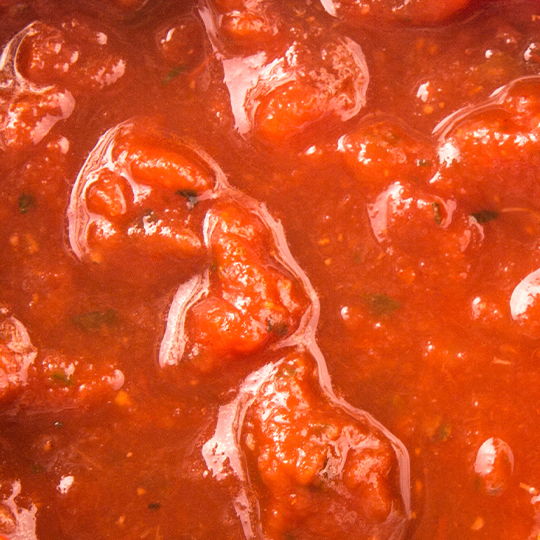
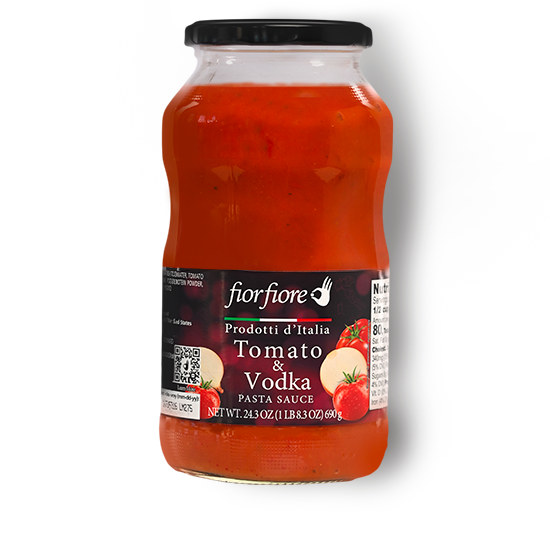

Tomato&Vodka Pasta Sauce
Tomato and Vodka Pasta Sauce is a creamy vodka sauce balanced with tomatoes and garlic. Delicious and perfect with any shape of pasta, especially with Penne Rigate and Rigatoni to catch more sauce.
The Heart of Italian Tradition, in Every Jar
- IN ITALY, TOMATO SAUCE ISN'T JUST AN INGREDIENT – it's a ritual. From the sun-drenched fields of the South to family kitchens across the country, tomatoes are transformed into rich, velvety sauces that bring warmth and authenticity to every dish.
- AT THE CORE OF OUR RECIPES LIES A SIMPLE YET POWERFUL BLEND: fresh Italian tomatoes, extra virgin olive oil, and a slow-cooking process that enhances every note of flavor. Whether paired with meat ragù, seafood, hearty soups, or the perfect pizza, our tomato sauces are crafted to honor generations of Italian culinary tradition.
- EACH JAR CAPTURES THE ESSENCE OF ITALIAN COOKING – enriched with the aromas of basil, ricotta, olives, peppers, and chili – and designed to elevate your pasta dish from simple to unforgettable.
- DID YOU KNOW? Tomato sauce first appeared in Italian cookbooks in 1690, but it wasn’t paired with pasta until 1839. Thanks to Lazzaro Spallanzani’s preservation techniques in 1762, Italians could finally enjoy tomato sauce year-round – turning it into a true staple from Naples to Parma.

Ingredients
Diced Tomatoes in Tomato Juice, Water, Tomato Paste, Olive Oil, Onion, Vodka, Sugar, Whey Protein Powder, Corn Starch, Salt, Basil, Garlic, Chili Pepper.
Contains: Milk.
Preparation
Empty contents into a pan. Heat gently and stir into cooked pasta and serve immediately.
| Nutrition Facts | Per 1/2 cup (125mg) | %Daily Value* | Read more | |
|---|---|---|---|---|
| Calories | 60 | |||
| Fat | 3g | 4% | ||
| Saturated | 0.5g | 3% | ||
| Trans | 0 g | |||
| Carbohydrate | 8g | 3% | ||
| Fibre | 2g | 7% | ||
| Sugars | 4g | 5% | ||
| Includes | 1.5g Added Sugars | 3% | ||
| Cholesterol | 0 mg | 0% | ||
| Sodium | 520mg | 23% | ||
| Protein | 2g | |||
| Calcium | 4% | |||
| Iron | 10% | |||
| Potassium | 6% | |||
| Vitamin D | 0% |
*5% or less is a little, 15% or more is a lot.
Recipes
Tomatoes:
the king of Italian vegetables
Tomatoes first appeared in northern Italy in 1596, but only as an ornamental plant. It was the father of Italian botany, Pietro Andrea Mattioli, who is attributed to naming the fruit "pomo d'oro" (or golden apple).
The favorable climate of the south led to the production of tomatoes that were larger and bright orange-red in color. However, it wasn’t until the 18th and 19th centuries, especially after Italy was unified, that tomatoes cinched their spot in popular Italian cuisine.
Submit your review | |
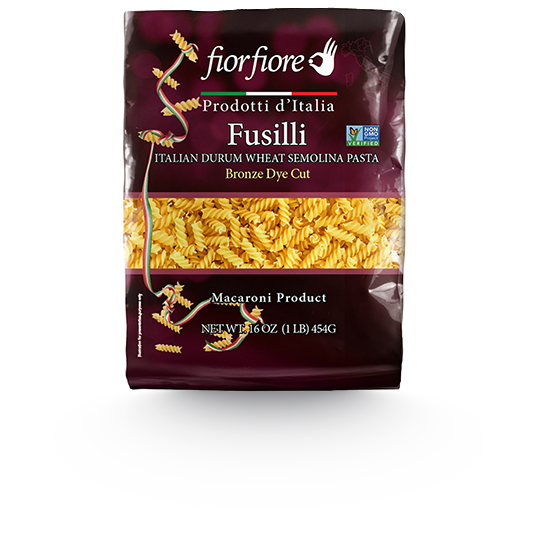
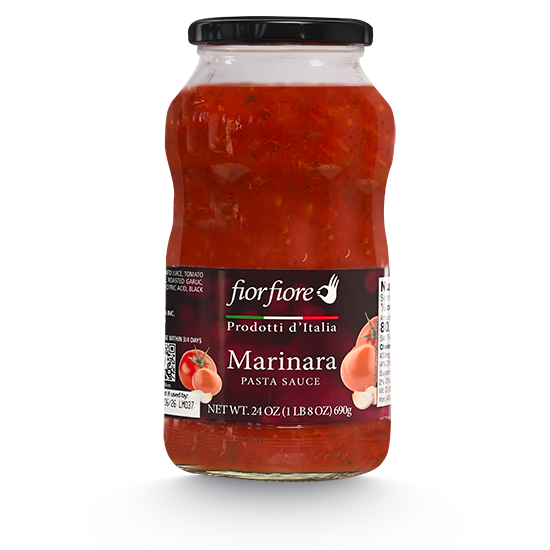

 FiorFiore USA
FiorFiore USA